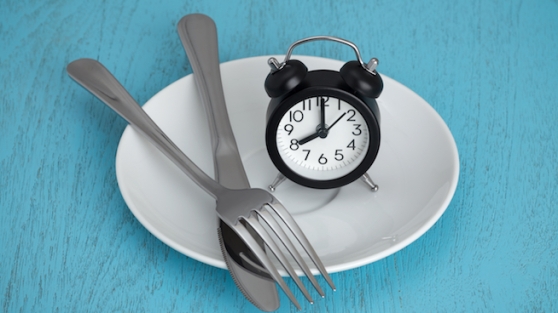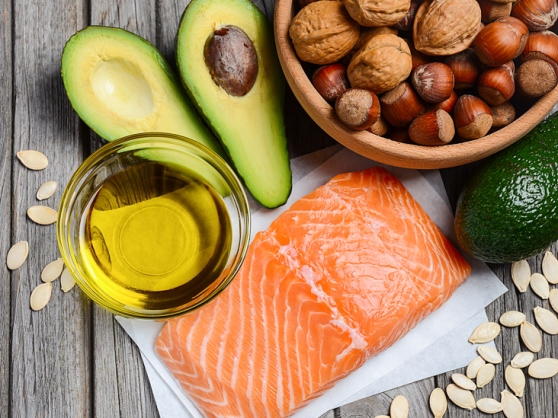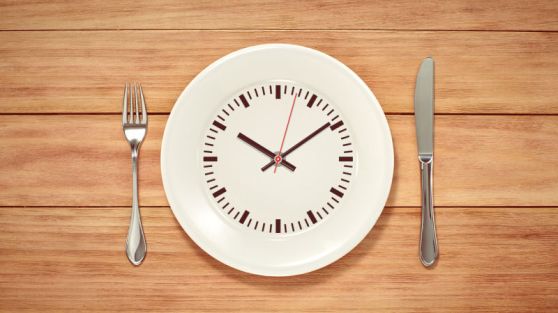Easter and Anzac has meant that, for many, it’s enough for more than just a mini-break. And who doesn’t love a holiday? A break away from early alarm clocks, work and household chores. When out of your own space you’re forced to leave behind the normal routines that are well established in everyday life, which is obviously why we come back feeling refreshed and ready to get back into it. The problem, though, is that many people panic about getting out of routine with their food and exercise – what if that 10 days in Fiji goes and undoes the last three months of hard work and they end up gaining weight?
Well, it won’t. Why?
1. You are a LOT more active on holiday compared to real life: driving to work and sitting in an office does not afford the same opportunity to be as active as sight-seeing does. I clocked up almost double the number of steps as I normally would when I was away. Even on days we didn’t run, relying on both public transport and my feet to see a city racked up enough steps so I was regularly doing 23,000 or more each day. However, if you’re a lounge-around-the-pool kind of vacationer, if you had a hit out in the hotel gym, you can avoid weight gain for a short term holiday in the face of a calorie excess.
2. You sleep more: lack of sleep will drive up insulin and cortisol levels and create a hormonal environment that is unfavourable for fat loss. Even if you have the perfect diet (if there is such a thing), no amount of calorie counting, carb watching, or protein eating will make up for the string of 5-6 hours a night you manage during the week when work, exercise and home duties take up so much time, you stay up later than you know you should just to enjoy a little time out.
3. You’re generally more relaxed. The everyday stress created by school pick-ups, work deadlines and weekend sport might be ‘normal’ life, but don’t underestimate the effect this can have on your ability to lose weight. While we may not know the underlying mechanisms, like the effects of sleep deprivation, a chronic overload of stress will increase hormones responsible for fat gain regardless of what you eat or how much exercise you do. In fact, for some, their normal stress relief of going for a run or doing an F45 class will only add to the stress bucket, further exacerbating a weight loss stall. And, when stressed, we often reach for food that is high in calories, low in nutrients.
What if it does?
If you were maintaining or losing weight prior to going away on holiday, then that tells me you’ve got the tools necessary to help you refocus on an eating style and exercise routine that will easily shed any fat gain that is the result of too many cocktails by the pool.
Actual fat gain will be quite minimal, and pretty easy to shift – potentially easier than what you were finding before your holiday. The additional calories eaten on holiday aren’t all stored as fat (at all!) We restock depleted glycogen, and for some, short term overfeeding increases resting metabolic rate in response to increased food (as many of the overfeeding studies conducted under laboratory conditions have found). Even if you have a predisposition for weight gain, the amount of weight you can is usually far less than the excess calories eaten would predict.
However, for those panicking about the additional fat gain (if any):
1. Up the protein intake. This will help reduce any carb-related cravings from too many pancakes/baked goods/fat chips. Aim for foods that will provide 30g of protein per meal (as an example, a 150g beef steak has about 37g of protein, 3 large eggs around 24g of protein). This will help fill you up and regulate blood sugar, preventing any dip in energy that might be exacerbated by lack of sleep or jetlag. Combined with strategies listed below, it’s a recipe for fat loss.
2. Lay off the alcohol. I tend to drink a bit more wine and beer when on holiday. Despite that I don’t drink any more than 1-2 glasses, it is more than what I’d normally drink in ‘real life’. If you’re like me, then take a break for a week or two – not a long time, but enough to help get over my post-holiday blues (alcohol is a depressant after all) and to ‘break the habit’ as it were.
3. Drop back the fat intake – if you’ve gained excess body fat, then we want your body to tap into this (potentially) accessible fuel source – this obviously requires a calorie deficit. There is no need to seek out ‘low fat’ foods or avoid foods that naturally contain fat (i.e. egg yolks), however reducing down the amount of added fat to meals (via sauces, dressings, cooking oils, nut butters etc) will help reduce the calorie content of your diet with minimal effort.
4. Drop back the carbohydrate intake – some people benefit from doing a 21 day low (er than normal) carbohydrate diet. I know what you’re thinking – if I drop the fat AND the carbs, what do I eat? I’m talking short-term here – you base your meals around protein and titrate fat and carbohydrate according to that. If you know you feel better with a bit of carbohydrate in your diet, that’s no issue – just make it good quality (i.e. kumara, potato) and make it a moderate serving. However, ample amounts of even low sugar carbohydrate (like rice, pasta, bread etc) will make it more difficult to shift.
5. Include plenty of vegetables – base your meals around these. The prebiotic fibre can help improve the gut environment after a week or more of too much fried foods (though that cheese hoagie was delicious) and too much alcohol. Splashing raw apple cider vinegar (ACV) on steamed vegetables ups the taste factor and helps reduce post-prandial (post-meal) blood sugar, making you less likely to search for something sweet. In addition, you can go for gold on most non-starchy vegetables, so fill your plate to help fill you up.
6. Lift weights. Heavy ones. If you don’t have access to a gym then even body weight exercises (such as press-ups, squats, lunges) if not doing them, will create stress to help you build muscle. I’m not suggesting you avoid lacing up for your long run – I’m a long-distance runner after all! – resistance training, though, is metabolically demanding in the short term, and in the long term will preserve your resting metabolic rate to allow you to burn fat in everyday life. Plus, you’ll improve strength. Bonus.
7. Consider fasting. Be it the 5:2 protocol that I utilise in my fat-loss plans, a 16:8 protocol that is popular (i.e. fast from 8pm to 12pm the next day, or Super-fasting as per the Schofield/Zinn protocol outlined in What the Fast, it’s consistently found to improve metabolic health markers and can reduce calorie intake to elicit a fat-loss response. Note: I’m not talking about some excessive ‘not going to eat till Friday’ type fast. But shorten that eating window.
8. Get plenty of sleep – try to get back into a 7-8h per night habit with this one and be disciplined about it, for reasons I outlined above.
And, finally (and most importantly), does it matter? I mean, does it truly matter that you come back from an awesome time away with a couple of additional kilograms? Part of the beauty of a holiday is leaving behind all of the routines of your day to day life, including exercise and your normal foods for breakfast, lunch and dinner. Many of us need a mental break almost as much as a physical one, and this includes a break from your usual diet and exercise regime. You will come back feeling refreshed and ready to embrace these with renewed energy (or being in a mindset of change for the better, if that is more appropriate).








